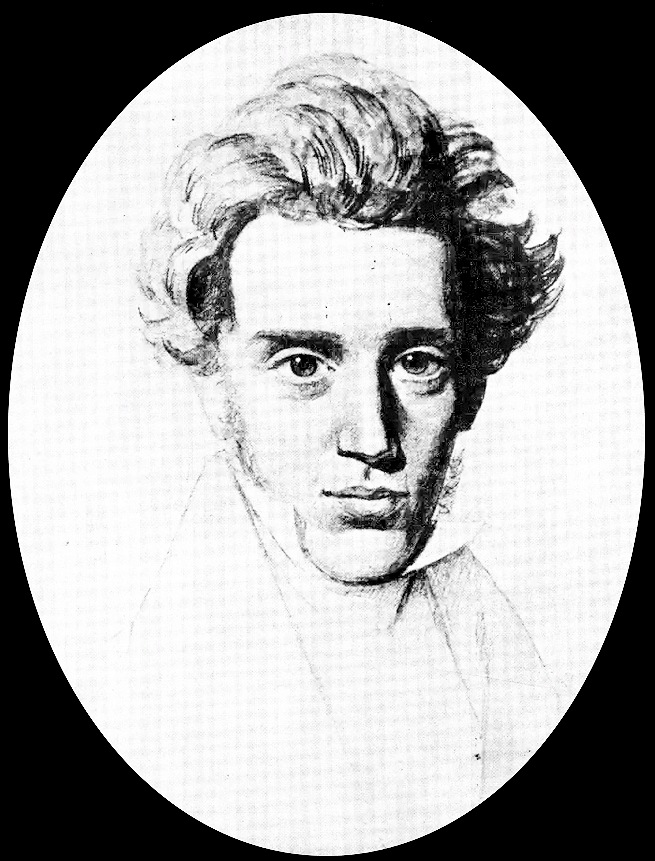Facts about Søren Kierkedgaarrd
Søren Kierkegaard Biography
Danish philosopher Søren Kierkegaard’s 19th century embrace of subjectivity and his understanding of the angst of human life made a strong impression on 20th century philosophy, and he is sometimes called “the father of existentialism.”
Kierkegaard had a wealthy father and money to live on, so he devoted himself to thinking and writing, publishing dozens of essays and books during his life. He had a flair for critical analysis and a quirk for satire, parody, sarcasm and irony.
Kierkegaard was preoccupied with death (his own) and considered life to be dominated by fear, anxiety and despair.
A critic of Georg Hegel, Kierkegaard gave as much weight to passion as reason, and thus embraced an irrational faith in a being that can’t be known, the Christian god.
The emphasis on the individual influenced existentialists, even if the theological leap did not.
As a writer, Kierkegaard was quirky and experimental, often arguing with himself in print through pseudonyms.
His works include Either/Or: A Fragment of Life (1843), Fear and Trembling (1843), and The Concept of Dread (1844).

